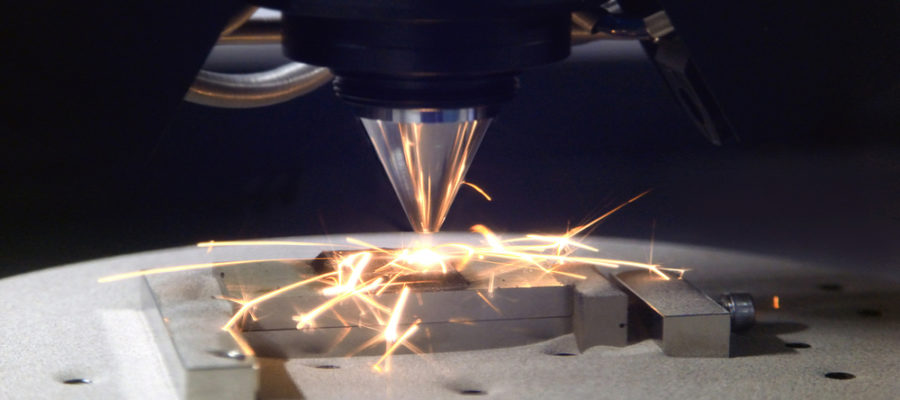3D printing revolutionizes the processes of designing and manufacturing parts. But, it also takes part development to another level. 3D printing has fostered breakthroughs in geometric complexity, including through generative design, using digital technology to develop hyper-optimized parts, which are proved in detailed computer simulations.
Generative design allows for the development of the most efficient part geometry to meet load specifications, within the restrictions of the design and operational parameters. That performance efficiency means parts developed using generative design can be up to 50% lighter while maintaining the same, or better, performance characteristics.
But applying generative design using traditional processes can make the creation of the complex geometries both cost- and time-prohibitive. However, dedicated generative design CAD software platforms and 3D printing make the many benefits of generative design practical and available to all designers and engineers.
3 Generative Design Use Cases
Shaker Hook by Cifarelli
Shaker hooks (sometimes called hook shakers or limb shakers) are often used to harvest fruits and nuts by vibrating fruit-bearing branches. Based in Voghera, Italy, Cifarelli designed and manufactures this shaker hook for olive farms. It is capable of harvesting up to 2,000 kgs of olives a day, removing up to 95% of available fruit, with no damage to the tree.
While Cifarelli mass-produces this shaker in production runs of 1,000 units using aluminum chill casting, the company is often required to manufacture lower volumes for specific customer requirements. But the tooling needed for each custom iteration makes lower-volume production uneconomical.
To facilitate low-volume part customization, Cifarelli applied generative design made possible by generative design software and additive manufacturing driven by Desktop Metal Studio 3D printers.
Needing a final part made of steel instead of aluminum, generative design and additive manufacturing allowed the company to economically develop a custom part that weighs the same as aluminum parts, but with the added durability of steel.
Engine Mount by Turner Motorsports
As a BMW race team and customizer of high-performance BMWs, Turner Motorsports is often in need of customized, sometimes unique parts.
In one case, the company was tasked with dropping a current BMW V8 power plant into a 2001 M3. The added power and size of the new motor made securing it to the older chassis with engine mounts a critical component of the entire project. But no engine mounts capable of meeting the specifications existed.
Starting with a scan of the original engine mounts, engineers used generative design software to develop the design of new mounts. The software allowed them to specify the parameters of the geometric complexity to ensure the new mounts wouldn’t interfere with any other part of the engine or chassis. They were also able to use performance simulations to optimize the design for durability and minimal weight.
The engineers’ efforts resulted in a perfectly-fitted part, one that instills complete confidence in its performance characteristics, and one that minimizes the excessive costs and time commitments that would have been needed to produce the same mounts using traditional methods.
Skateboard Truck
Using the original cast part, this skateboard truck part, which attaches wheels to a skateboard deck, was redesigned to be printed on a Desktop Metal system. Using generative design, engineers were able to significantly reduce the weight of the part, while increasing its load capacity, by using steel instead of aluminum for the redesigned truck.
To learn more about the application of 3D printing in manufacturing, check out our post “3D Printing – Remanufacturing the Manufacturing Industry”.
